[…]
Showcasing research from Nicolaus Copernicus University, Toruń, Poland, performed in collaboration with European laboratories.
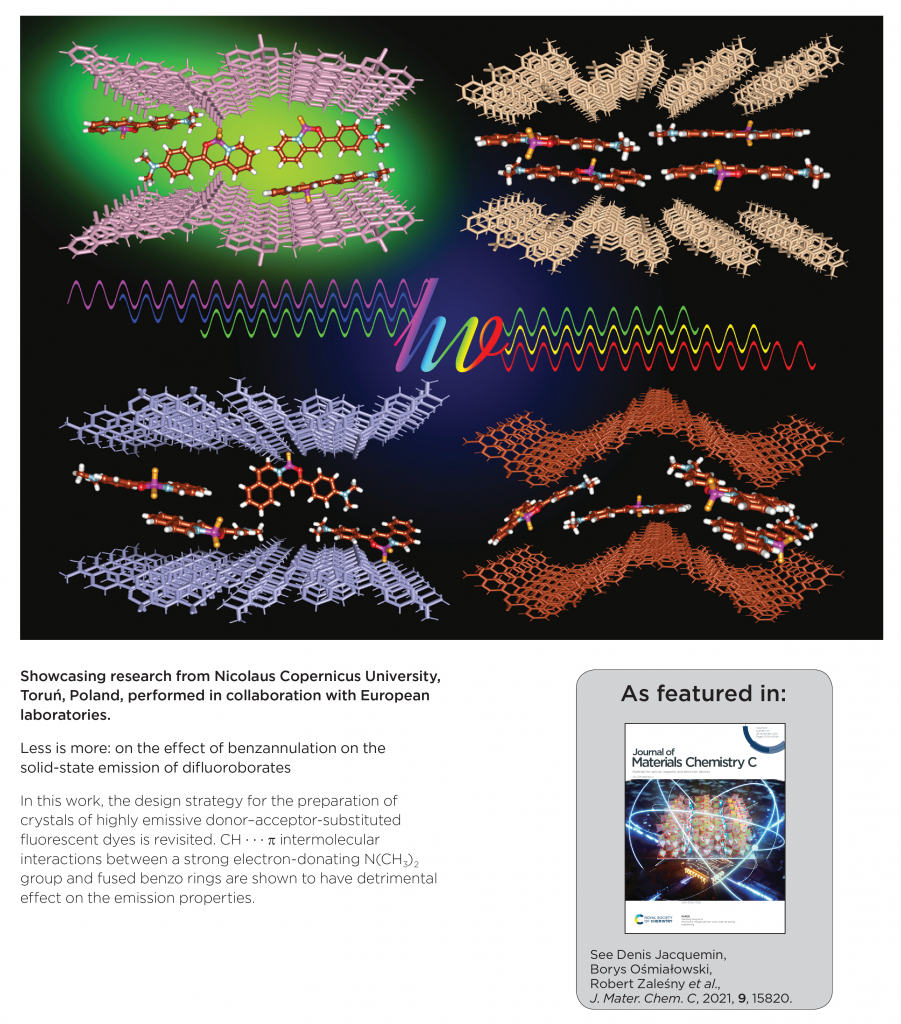

[…]
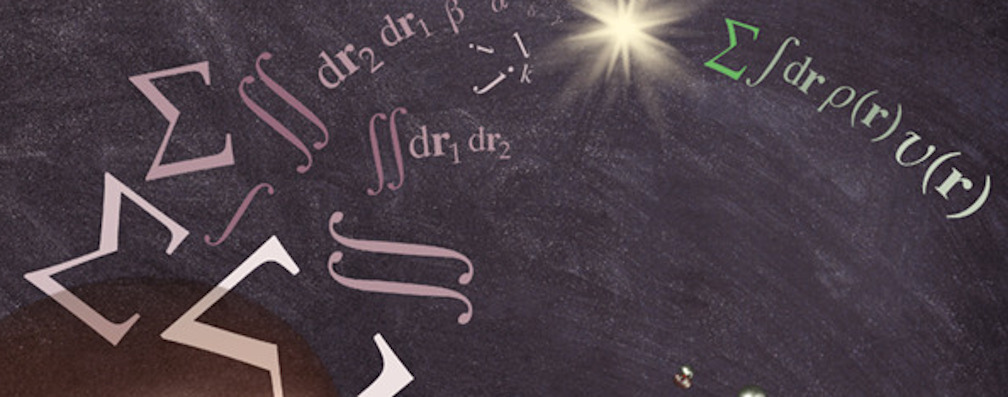
In our recent paper that hit the cover of Journal of Computational Chemistry, a general method for effective one‐electron potentials (EOPs) based elimination of electron repulsion integrals is presented, that is tuned toward the fragment‐based calculation methodologies such as the second generation of the effective fragment potentials (EFP2) method. The EOP technique is applied to […]
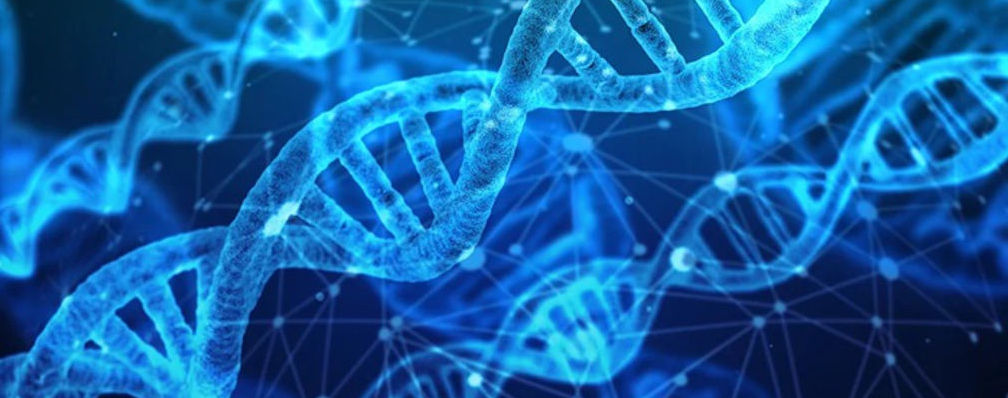
I invite you to listen to the podcast of RDC radio broadcast “From another planet” hosted by Dr. Łukasz Badowski, in which we talked about the conclusions of our article on the possible common origins of RNA and DNA, which was recently published by Nature in collaboration with Rafał Szabla and Mikołaj Janicki and the […]
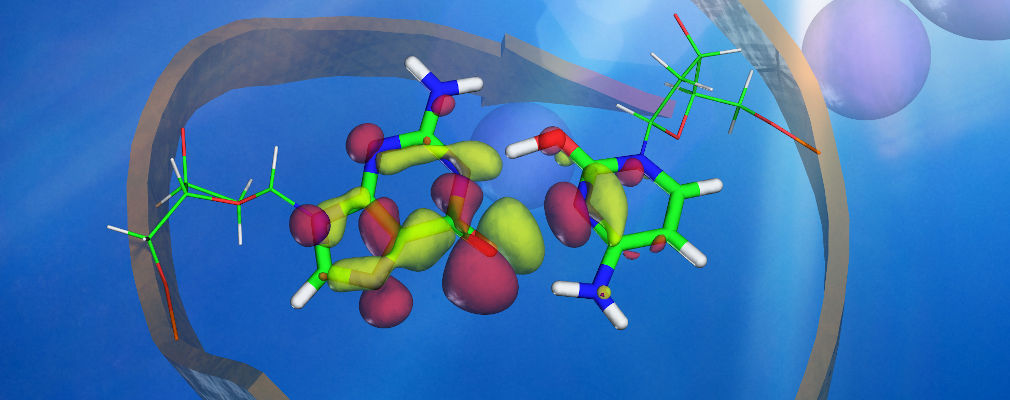
Dark nπ* states were shown to have substantial contribution to the destructive photochemistry of pyrimidine nucleobases. Based on quantum-chemical calculations, we demonstrate that the characteristic hydrogen bonding pattern of the GC base pair could facilitate the formation of a wobble excited-state charge-transfer complex. This entails a barrierless electron-driven proton transfer (EDPT) process which enables damageless […]
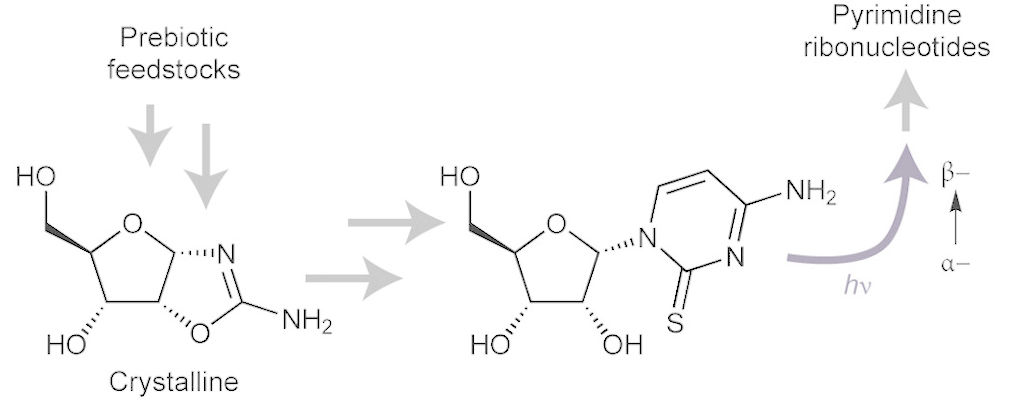
We describe a long-sought route through ribose aminooxazoline to the pyrimidine β-ribonucleosides and their phosphate derivatives that involves an extraordinarily efficient photoanomerization of α-2-thioribocytidine. In addition to the canonical nucleosides, our synthesis accesses β-2-thioribouridine, a modified nucleoside found in transfer RNA that enables both faster and more-accurate nucleic acid template-copying chemistry. Source: J. Xu, M. […]
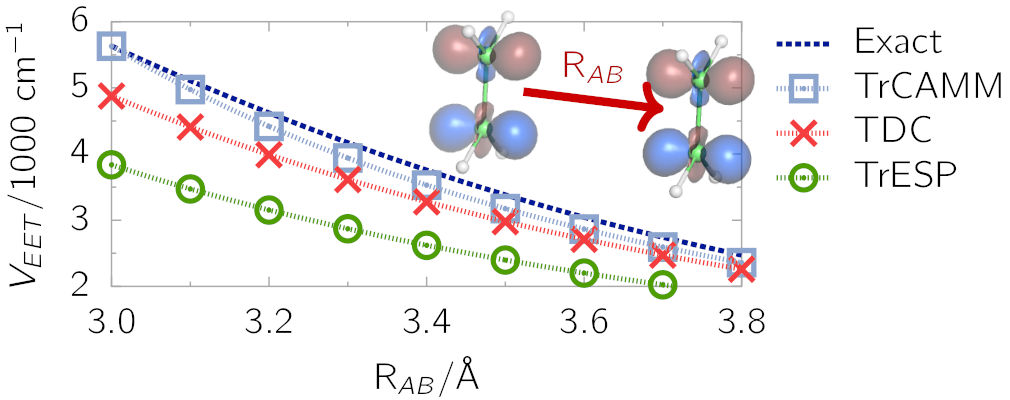
We propose a new approach for estimating the electrostatic part of the excitation energy transfer (EET) coupling between electronically excited chromophores based on the transition density-derived cumulative atomic multipole moments (TrCAMM). Our preliminary calculations show that the TrCAMM approach is capable of reproducing the exact Coulombic EET couplings accurately and efficiently and is superior to […]
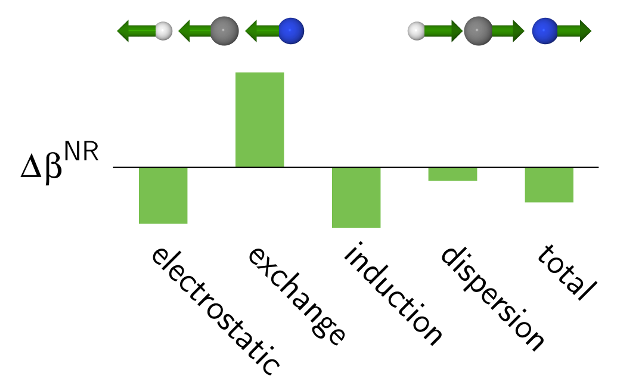
Zaleśny, R.; Garcia-Borràs, M.; Góra, R. W.; Medved’, M.; Luis, J. M. Phys. Chem. Chem. Phys. 2016, 18 (32), 22467–22477 DOI: 10.1039/C6CP02500E This paper presents the results of a pioneering exploration of the physical origins of vibrational contributions to the interaction-induced electric properties of molecular complexes. In order to analyze the excess nuclear relaxation (hyper)polarizabilities, […]
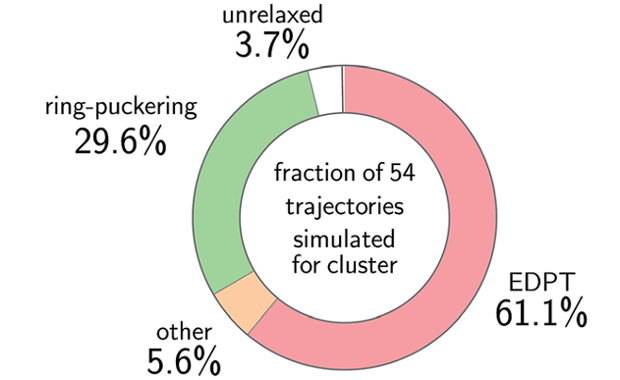
Szabla, R.; Góra, R. W.; Janicki, M.; Sponer, J. Faraday Discuss. 2016 DOI: 10.1039/C6FD00131A Non-adiabatic molecular dynamics simulations and potential energy surface calculations of the photoexcited imidazole–(H2O)5 cluster using the ADC(2) Hamiltonian indicate that electron driven proton transfer (EDPT) along a wire of at least two water molecules may lead to the formation of a […]
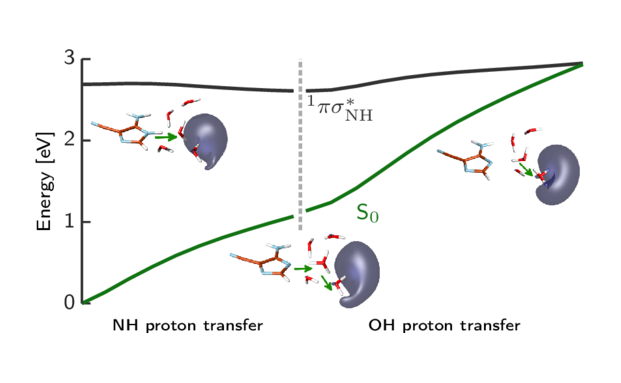
Szabla, R.; Šponer, J. E.; Šponer, J.; Sobolewski, A. L.; Góra, R. W. Phys. Chem. Chem. Phys. 2014, 16 (33), 17617–17626 DOI: 10.1039/C4CP02074J Ab initio studies elucidate the molecular mechanisms underlying photostability of a prebiotically plausible precursor of purine nucleotides, indicating importance of charge-transfer-to-solvent processes. We have considered the photochemistry of AICN–water clusters, while including […]